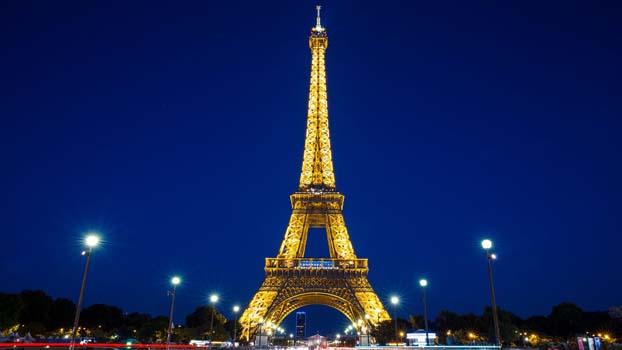
Paris celebrates 2,000th birthday
On July 8, 1951, Paris, the capital city of France, celebrates turning 2,000 years old. In fact, a few more candles would’ve technically been required on the birthday cake, as the City of Lights was most likely founded around 250 B.C.
The history of Paris can be traced back to a Gallic tribe known as the Parisii, who sometime around 250 B.C. settled an island (known today as Ile de la Cite) in the Seine River, which runs through present-day Paris. By 52 B.C., Julius Caesar and the Romans had taken over the area, which eventually became Christianized and known as Lutetia, Latin for “midwater dwelling.” The settlement later spread to both the left and right banks of the Seine and the name Lutetia was replaced with “Paris.” In 987 A.D., Paris became the capital of France. As the city grew, the Left Bank earned a reputation as the intellectual district while the Right Bank became known for business.
During the French Renaissance period, from the late 15th century to the early 17th century, Paris became a center of art, architecture and science. In the mid-1800s, Napoleon III hired civic planner Georges-Eugene Hausmann to modernize Paris. Hausmann’s designs gave the city wide, tree-lined boulevards, large public parks, a new sewer system and other public works projects. The city continued to develop as an important hub for the arts and culture. In the 1860s, an artistic movement known as French Impression emerged, featuring the work of a group of Paris-based artists that included Claude Monet and Pierre-Auguste Renoir.
Today, Paris is home to some 2 million residents, with an additional 10 million people living in the surrounding metropolitan area. The city retains its reputation as a center for food, fashion, commerce and culture. Paris also continues to be one of the world’s most popular tourist destinations, renowned for such sights as the Eiffel Tower (built in 1889 to commemorate the 100th anniversary of the French Revolution), the Arc de Triomphe, the Champs-Elysees, Notre Dame Cathedral (built in 1163), Luxembourg Gardens and the Louvre Museum, home to Leonardo da Vinci’s painting “Mona Lisa.”

AMERICAN REVOLUTION
1776
Liberty Bell tolls to announce Declaration of Independence
On July 8, 1776, a 2,000-pound copper-and-tin bell now known as the “Liberty Bell” rings out from the tower of the Pennsylvania State House (now Independence Hall) in Philadelphia, summoning citizens to the first public reading of the Declaration of Independence.
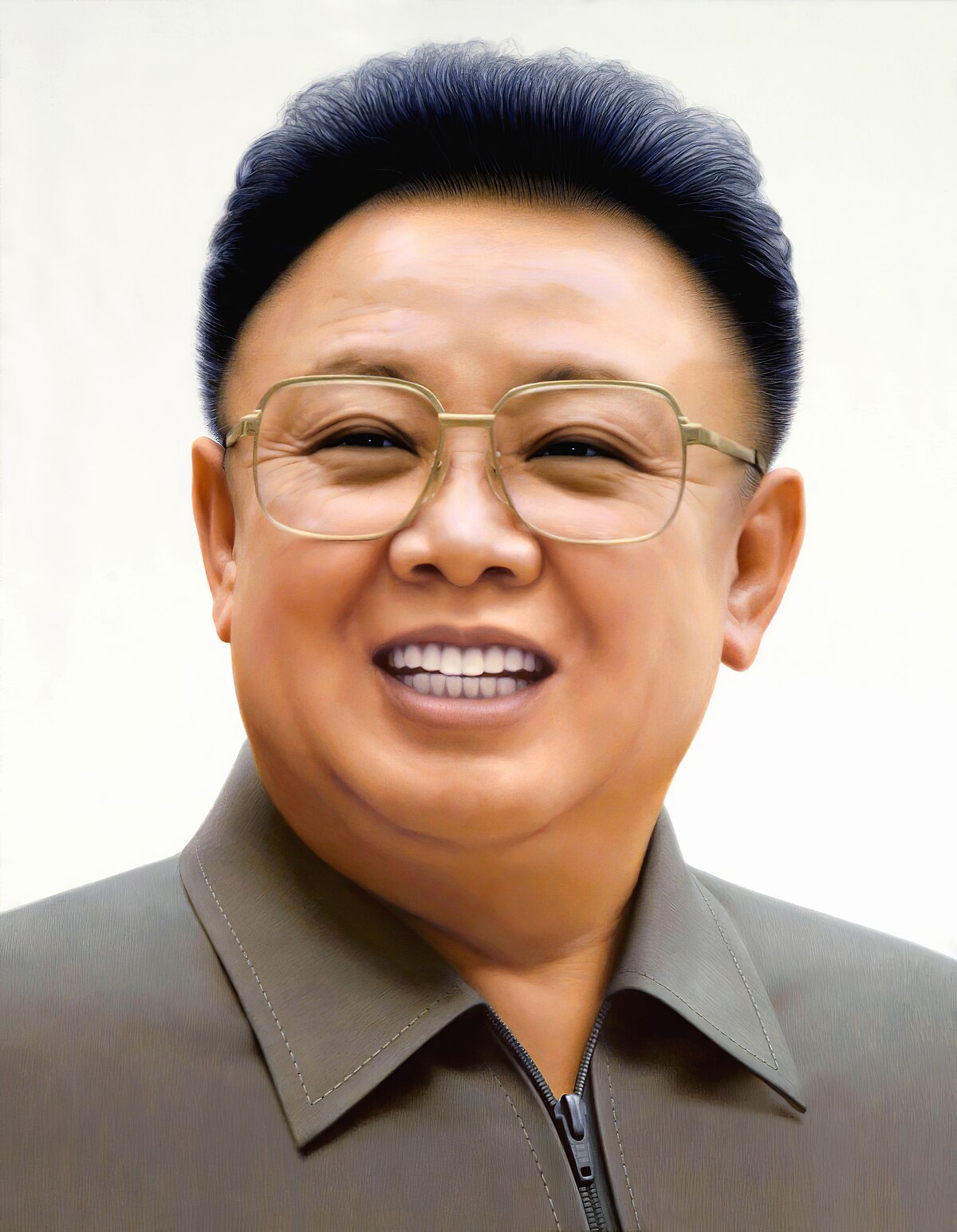
1994
North Korea’s “Great Leader” dies
Kim Il-Sung, the communist dictator of North Korea since 1948, dies of a heart attack at the age of 82. In the 1930s, Kim fought against the Japanese occupation of Korea and was singled out by Soviet authorities, who sent him to the USSR for military and political training.
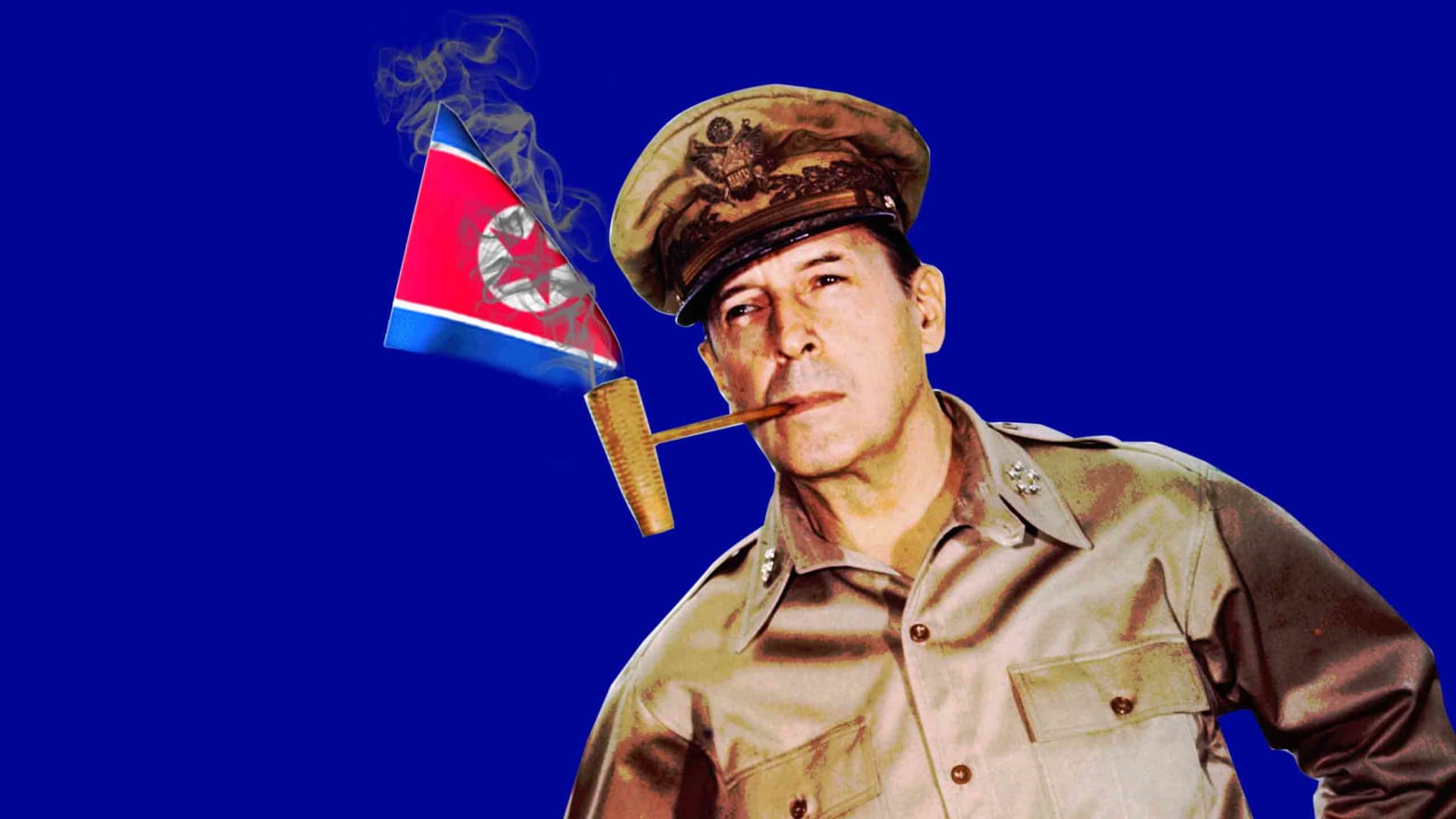
KOREA
1950
MacArthur named Korean commander
The day after the U.N. Security Council recommended that all U.N. forces in Korea be placed under the command of the U.S. military, General Douglas MacArthur is appointed head of the United Nations Command by President Harry S. Truman. MacArthur, the son of a top-ranking army.
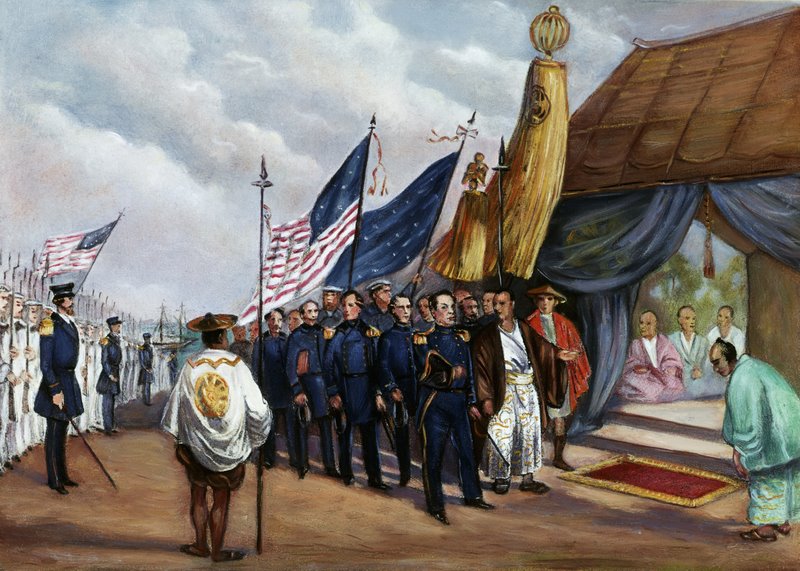
19TH CENTURY
1853
Commodore Perry sails into Tokyo Bay
Commodore Matthew Calbraith Perry, representing the U.S. government, sails into Tokyo Bay, Japan, with a squadron of four vessels. For a time, Japanese officials refused to speak with Perry, but under threat of attack by the superior American ships they accepted letters from.
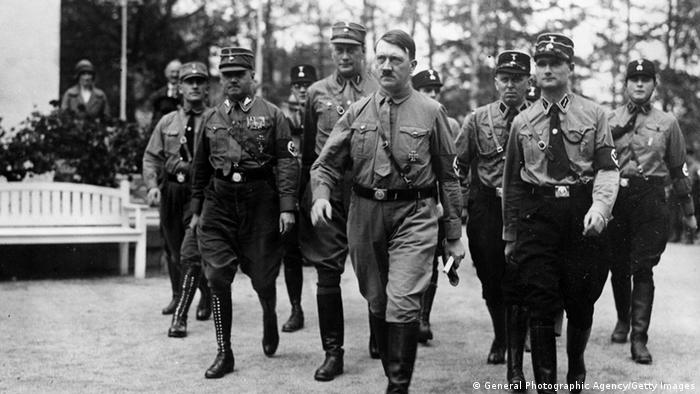
WORLD WAR II
1941
German general’s diary reveals Hitler’s plans for Russia
On July 8, 1941, upon the German army’s invasion of Pskov, 180 miles from Leningrad, Russia, the chief of the German army general staff, General Franz Halder, records in his diary Hitler’s plans for Moscow and Leningrad: “To dispose fully of their population.

WORLD WAR I
1918
Ernest Hemingway wounded on the Italian front
On July 8, 1918, Ernest Hemingway, an 18-year-old ambulance driver for the American Red Cross, is struck by a mortar shell while serving on the Italian front, along the Piave delta, in World War I. A native of Oak Park, Illinois, Hemingway was working as a reporter.
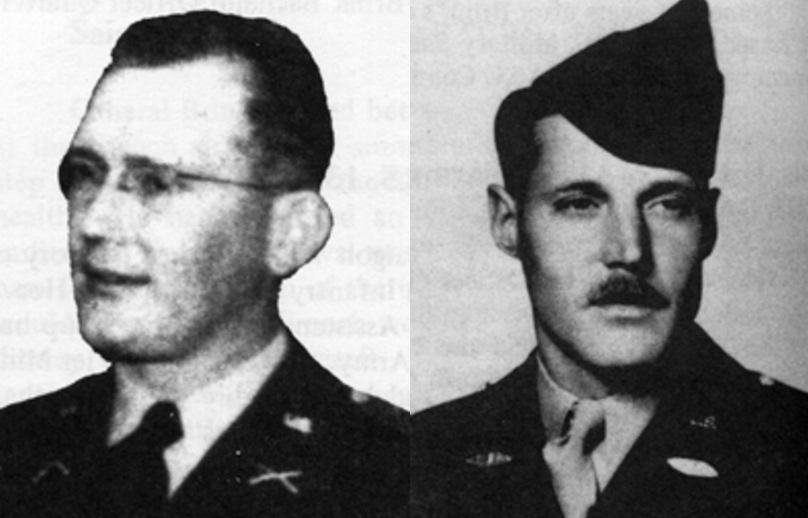
VIETNAM WAR
1959
First Americans killed in South Vietnam
Maj. Dale R. Buis and Master Sgt. Chester M. Ovnand become the first Americans killed in the American phase of the Vietnam War when guerrillas strike a Military Assistance Advisory Group (MAAG) compound in Bien Hoa, 20 miles northeast of Saigon.

WESTWARD EXPANSION
1898
Soapy Smith killed in Skagway, Alaska
A disgruntled city engineer in Skagway, Alaska, murders “Soapy” Smith, one of the most notorious con men in the history of the West. Born in Georgia in 1860, Jefferson Randolph Smith went west while still a young man, finding work as a cowboy in Texas.
CRIME
1928
A spiteful son kills four in a fit of rage
Rose Booher, her son Fred, and two hired workers are all shot to death on a secluded farm in Mannville, Alberta, Canada, while the rest of the Booher family is away. Although nothing appeared to be stolen from the house and few clues were found.
COLD WAR
1954
Colonel Castillo Armas takes power in Guatemala
Col. Carlos Castillo Armas is elected president of the junta that overthrew the administration of Guatemalan President Jacobo Arbenz Guzman in late June 1954. The election of Castillo Armas was the culmination of U.S.
TODAY IN NIGERIA HISTORY

1993 The Sultan of Sokoto made a rare political speech in support of the June 12 election results. Saying: There is no other route away from national catastrophe than swearing in Moshood Abiola on Aug. 27.
Comments
Post a Comment